After two days in Synagogue over Rosh Hashanah—eyes glazed, prayers recited, mind wandering somewhere between awe, repentance, and the grim accounting of the past 12 months—I started thinking about the state of the world I actually get paid to notice: high-end audio, music, Hollywood, and personal audio. Tariffs are still gnawing at prices like an annoying relative who never leaves, wireless earbuds and headphones have exploded like gefilte fish at a Sabbath buffet, and Hollywood… well, let’s just say the box office is limping along, hoping the studios remember the meaning of “miracle.” That prequel to Weapons can’t come soon enough.
Sitting through Kol Nidrei (and no, not the Neil Diamond version—that would’ve been mercy) and Yom Kippur, the Shofar hit my left ear like a reminder I didn’t ask for. Maybe it’s the cumulative punishment of too many late-night headphone reviews.
Striking your chest for each sin should also include the usual horrors: slobbering over gear that doesn’t deserve it, and putting up with PR drones who send half-baked press releases and then throw tantrums when you refuse to kiss their products’ feet. Fasting sharpens the truth, and on this day, I’m happy to call out every one of them.
Surviving another round of inpatient care and staring down life as a Jew in North America, I’m struck by how absurdly human—and how brutally repetitive—this chaos is. The most gut-punching moment came sitting in Shul, hearing about the terrorist attack on a synagogue in Manchester and catching myself thinking like a fool that it could never happen here.
But Pittsburgh was the reminder that it already had—and that was before October 7th, 2023, when everything changed for Jews in Israel and everywhere else. The anger, the betrayal, the sick familiarity of it all—yeah, that’s the reality. And somehow it all gets crammed into one editor’s round-up.
Network Amplifiers: Turning Your Stream into Something Worth Listening To (Because Most of It Isn’t)
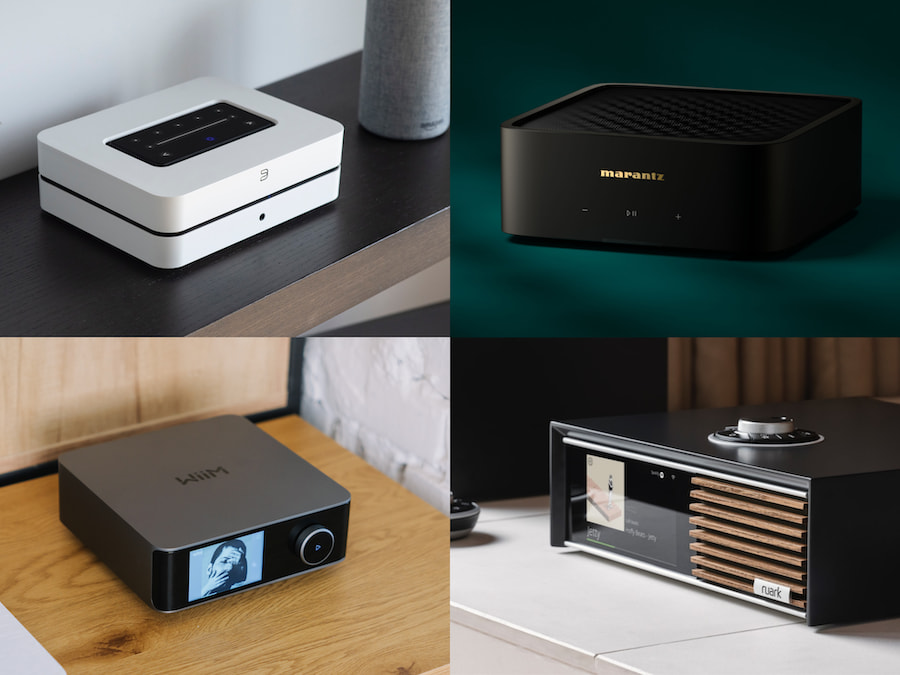
Let’s face it: streaming your music straight from Wi-Fi doesn’t automatically make it sound good. That’s where network amplifiers come in—taking the digital chaos and giving it shape, depth, and a sense of… well, life. Think of them as the unforgiving but necessary middleman between your carefully curated playlists and the harsh reality of your loudspeakers.
But do you really need to throw tens of thousands at a network amplifier to reach “state-of-the-art” sound? Sure, better amps matter—but at some point, it becomes straight-up lunacy. Reminds me of the zealots on Audiogon or AudioAsylum (if that shithole still exists) who’d lose their minds if you dared question their holy writ: yes, spending tens of thousands on a DAC or network amp isn’t just justified—it’s gospel.
While everyone’s financial situation is different and can spend as much—or as little—as they want, I, as your slightly dark and twisted Editor in-Chief, have to think about what’s actually best for readers from a 30,000-foot perspective—one that includes both die-hard audiophiles and the casual listener.
The real challenge is figuring out how to get more people into this hobby and help them understand that, if they’re serious about a digital streaming setup, there are genuinely affordable options that can actually enrich their listening lives.
Too often, YouTube reviewers act like a flock of lemmings, chasing the same “hot” products over and over, without ever giving viewers a strategy or explaining how to actually build a coherent system. It’s our job to illuminate the full spectrum—from entry-level network amps to high-end rigs—so people can see how everything fits together, and maybe, just maybe, enjoy the music instead of just obsessing over gear.
Take the WiiM Amp Ultra, Marantz M1, Bluesound Powernode, and Ruark R610—four perfectly competent network amplifiers, each with its own take on the job. None are flawless, but all are designed for people who want to actually listen to music instead of performing audiophile cosplay in a listening chair. They deliver convenience and performance that fit real-world rooms and real-world wallets.
And if some gatekeeper insists these can’t possibly be “high-end,” that’s not a critique—it’s a confession. It means they’ve forgotten that music matters more than status, and that obsession with hierarchy is how this hobby keeps eating its own tail.
Wireless Headphones: Noise-Canceling, aptX-Obsessed, and Picking Something
The high-end wireless headphone merry-go-round keeps spinning, and the ride is packed with so many horses now that one of them is bound to run out of space, get tossed off, and take a few lumps along the way. Choice is good—this isn’t a communist dictatorship of “you get what we say.” Thanks to tech trickling down, today’s options can deliver better ANC, passive isolation, sound quality, smarter apps, easier operation, durability, longer battery life, and support for the right codecs so you don’t feel forced to upgrade every year.
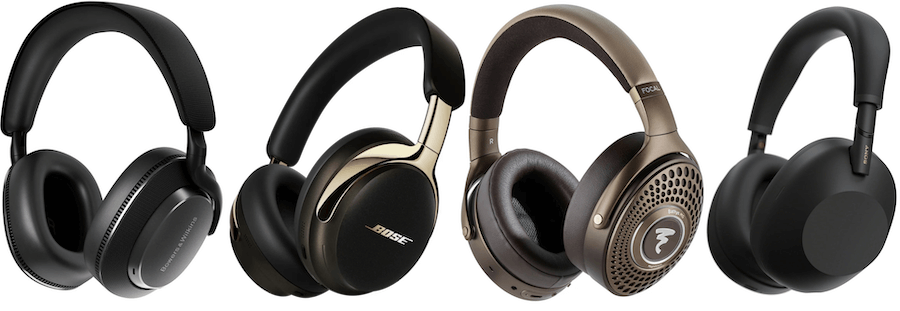
The heavy-hitters we’ve been covering—Sony WH-1000XM6, Bowers & Wilkins Px7 S3, Bowers & Wilkins Px8 S2, Apple AirPods MAX, Bose QuietComfort Ultra 2nd Gen, Noble Fokus Apollo, DALI IO-12, Focal Bathys MG, and even the CMF Headphone Pro by Nothing—each takes its own swing at the concept. None are perfect, and prices keep climbing, but for those willing to pay, the options now are more capable than ever.
At some point, you just have to pick something. It’s a lot like dating. One day you’re drooling over a pair of Focal Bathys MG, and the next, Bang & Olufsen drops something even pricier, and suddenly you can’t choose. I’ll make it easy: if sound quality is your priority, go Px8 S2 or Noble Fokus Apollo. ANC? Grab the Sony WH-1000XM6 and feel zero guilt.
Right now, I’m sitting here with a new wireless headphone from Sennheiser—an upgrade over anything they’ve done so far. They’re the new HDB 630 coming October 21st, but do I like them more than the Px8 S2 I just reviewed? Maybe. They’re quite good, though Sennheiser still needs to iron out some app kinks as part of the roll-out.
Too many choices. Like when Riggs confronts Mr. Joshua at the end of Lethal Weapon: “How about it, Jack? Would you like a shot at the title?”
“Don’t mind if I do.”
Pick something and be happy with it. Seriously.
Taylor in Lossless on Spotify—Still Doesn’t Make It Great

I walked into Target this morning on the Shore and nearly knocked over the Taylor Swift The Life of a Showgirl display because, yes, I was that giddy to see it. No joke. I wanted to watch who was actually walking in to buy one of the exclusive Target releases on vinyl or CD, alongside the standard version. And of course, the sign says… limited to four per customer. What is this, Record Store Day? No, I didn’t buy one. The mockery from my 12-year-old would have been too severe to survive.
Meanwhile, I checked my Spotify Premium account. Apparently it’s the one I’ve been paying for for years (thanks, kids…please change the password to something I might actually remember) and holy Travis Kelce can’t hold onto the ball, Batman, I finally had access to Lossless.
Having waited almost five years for this to actually happen—and secretly enjoying the Hi-Fi press get their collective circle jerk on last week when it was finally announced—I have to say, it’s bloody hilarious to watch the YouTube audiophile crowd lose their minds over a video claiming that…wait for it…Spotify Lossless might not be bit-perfect.
Do you really think the tens of millions of Premium users actually give a damn? Know what that means? Or are going to cancel their accounts and run off to TIDAL or Qobuz? The same people who care so much about sound quality that they’ve been happily streaming Spotify’s 320kbps lossy crap for years? Exactly.
People don’t use Spotify for sound quality—they use it for the platform, the endless catalog, podcasts, videos, and, of course, being in the cool club. The rest of us? We went with TIDAL or Qobuz because we actually care about sound quality. Mazel tov to Spotify for finally offering lossless—joining the herd that’s been doing it for years. And no, they won’t actually call their 24-bit/44.1kHz FLAC files what they are.
And that brings us back to Ms. Swift. Who will eventually be Mrs. Kelce? Ten bucks says she discovers what the rest of us already know—her “I’m finally happy” music is mostly forgettable, and she’ll soon be back to writing songs about men who jilted her in high school… or in her 30s. I listened to the entire album today and thought I’d already repented for all my sins on Yom Kippur. Apparently, I was wrong.
Box Office Bleeds, Studios Hope—Hollywood’s Relevance in Question

AMC may have crushed Q2 2025 with $1.4 billion in revenue, record attendance, and surging premium format sales — but let’s not start the victory parade just yet. I said back in August that celebrating too early was a mistake, and the last few months have proved it. For every genuine Q3 success like Weapons or the final Conjuring film, there’s been a counterweight of expensive failures dragging the industry back down to Earth.
Only about 230 films have hit theaters so far this year — less than half the pre-pandemic volume — and the cracks are starting to show. A few respectable titles like 28 Years Later and A Complete Unknown stumbled despite solid reviews, while The Phoenician Scheme was an unmitigated disaster: all style, no substance, and a massive financial black hole. September 5 and Black Bag didn’t fare much better, proving that “star-studded” and well written doesn’t always mean “profitable.”
Then there’s F1 with Brad Pitt — two hours of pure, high-octane filmmaking that somehow makes a 61-year-old Pitt look like he just rolled out of a GQ spread. The sound design and cinematography are Oscar bait in the best possible way, and you can bet it’ll be a 4K reference disc staple for the next decade. F1 has pulled in $189,527,111 domestically and $438,400,000 globally — a monster $627,927,111 total.
Meanwhile, The Naked Gun actually manages to be funny — a minor miracle in 2025. Pamela Anderson (still criminally robbed of an Oscar earlier this year) and Liam Neeson deliver the kind of unhinged chemistry you didn’t know you needed, even if audiences didn’t show up in droves. It’s sitting at $52,647,396 domestic and $49,500,000 globally — a respectable $102 million total for a film that’s more about punchlines than profits.
The year’s top domestic earners — A Minecraft Movie ($423,949,195), Lilo & Stitch ($423,778,778), Superman ($354,184,465), Jurassic World: Rebirth ($339,640,075), and Sinners ($278,578,513) — paint a bizarre picture. DC finally scored a legitimate win with Superman, now sitting at $615 million globally, but the real headline is that a vampire flick set in the Deep South almost outgrossed every single Marvel movie this year.
Demon Slayer: Kimetsu no Yaiba – The Movie: Infinity Castle is the kind of reality check Hollywood execs should probably lose some sleep over. While the usual suspects keep pumping $300 million into bloated CG superhero flicks, Demon Slayer just waltzed in with a 155-minute runtime, an R rating, and enough heart to make the capes look like amateurs — pulling in $121,998,973 domestic and $421,987,686 globally. I saw it with my 12-year-old (massive fan of the series), and the theater was still sold out — three weeks after release.
It’s already on pace to pass The Fantastic Four, which should set off alarm bells in the Marvel bunker. That franchise, along with two other supposed tentpoles this year, either bled money after endless reshoots or barely limped into the black. Meanwhile, Japan just reminded Hollywood that storytelling, not spectacle, still wins — even when the subtitles are on.
Even with A-list names plastered across the posters, these 10 films couldn’t buy an audience this summer: Eden, The Fantastic Four: First Steps, Eddington, Honey Don’t, Witchboard, The Phoenician Scheme, Elio, Ballerina, M3GAN 2.0, The Life of Chuck, and Splitsville. Some were just forgettable; others were full-blown cinematic dumpster fires—and yes, I saw every single one.
The real punchline? Jaws: 50th Anniversary in IMAX made more in three days than a few of them did in two months. When a 50-year-old shark movie is still devouring your lunch money, it’s time for a studio rethink.
The Fantastic Four: First Steps was supposed to reignite Marvel’s next phase; instead, it faceplanted. $274 million domestic, $521 million worldwide, $250 million budget—do the math. Pedro Pascal looked exhausted, the story felt like homework, and by weekend two, audiences had already moved on.
High-end audio, wireless headphone chaos, Spotify’s fake “lossless,” and Hollywood’s latest implosion — from Taylor Swift’s box office reign to Marvel’s flops, the dogs are piling up fast.
Honey Don’t! somehow managed to prove that Ethan Coen without Joel is like peanut butter without jelly—technically there, but kind of gross. Aubrey Plaza and Margaret Qualley do their best to salvage the wreck, but even Chris Evans as a sleazy preacher couldn’t save it from earning less than $6 million.
And then there’s The Phoenician Scheme, Wes Anderson’s worst film in a decade—$35 million to make, $39 million in return, and not a laugh or heartbeat in sight. It’s like watching a diorama slowly implode. When Benicio Del Toro can’t even stay interesting, you know the wheels have truly come off.
And the final kicker as we roll into Q4: Taylor Swift: The Official Release Party of a Showgirl is projected to pull in a $30–35 million three-day weekend — which means it’s probably going to outrun The Long Walk, Him, The Smashing Machine, Caught Stealing, and A Big Bold Beautiful Journey. That last one? A spectacular misfire. Two A-list actors (Margot Robbie and Colin Farrell), a $40 million budget, and a story so dull it makes paint drying look like a Scorsese montage. Total box office roadkill.
Stephen King didn’t do The Long Walk any favors either — apparently, keeping quiet for two seconds after the Charlie Kirk assassination attempt was just too much to ask. Cue immediate backlash, cue film tanking. If not for Downton Abbey: The Final Chapter, Taylor Swift: The Official Release Party of a Showgirl, and One Battle After Another, Hollywood’s early fall slate would look like a smoldering crater. Weapons and The Conjuring: Last Rites have finally run out of steam, and the studios are staring down a brutal reality: the box office boom they toasted all summer just hit a wall.
Related Reading:
- Best In Show At Audio Advice Live 2025: Audio, Video And Home Theater
- AMC’s Q2 2025 Box Office Smash: Revenue And EPS Crush Forecasts — But Is The Sequel Sustainable?
- You’re Going To Need A Bigger Screen: Celebrating 50 Years Of Jaws In IMAX And 10 Summer Box-Office Disasters
- IMAX, Dolby Cinema, Or Laser At AMC – What Movie Ticket Should You Buy?
- PODCAST: Does Anyone Even Go To The Movies Anymore?
- Podcast: VOD And The Future Of Movies Post-COVID


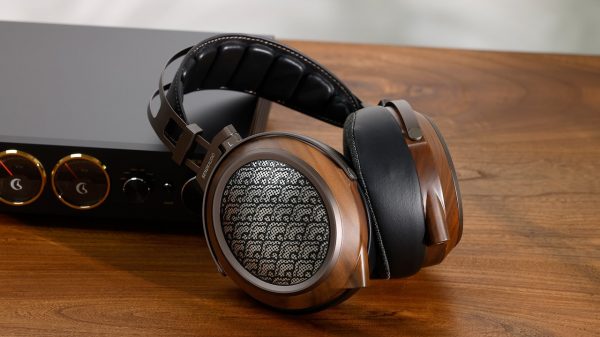
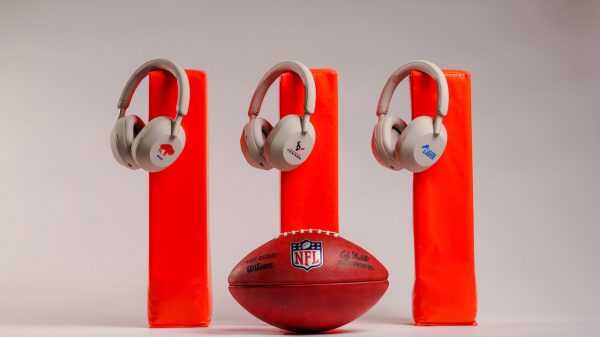

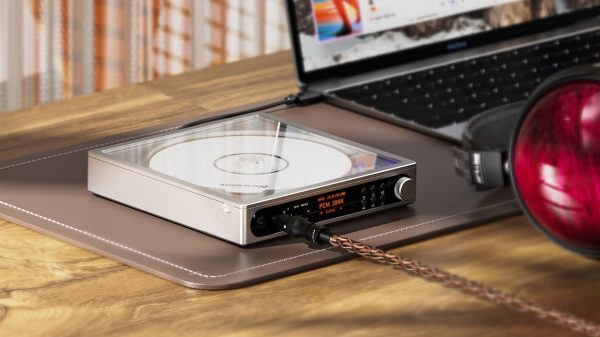

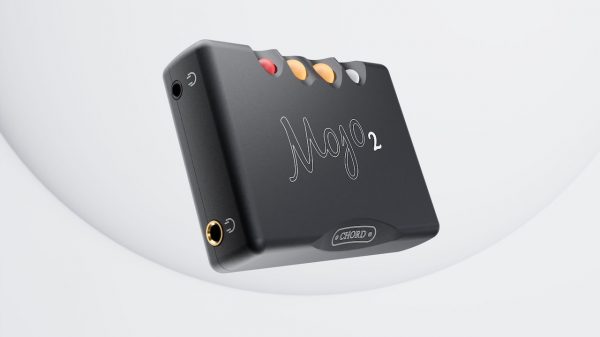

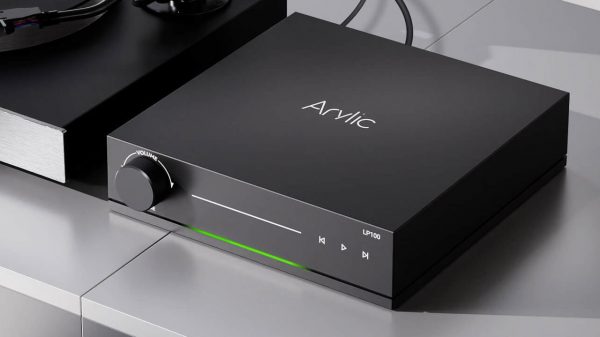

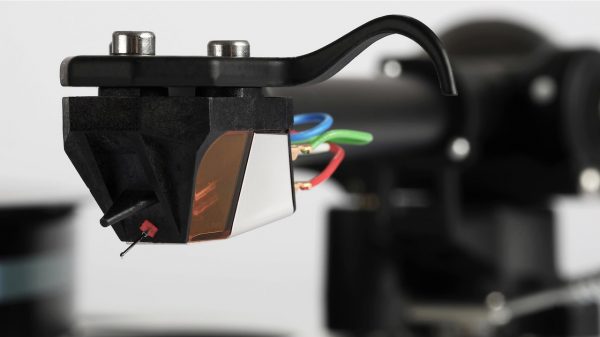




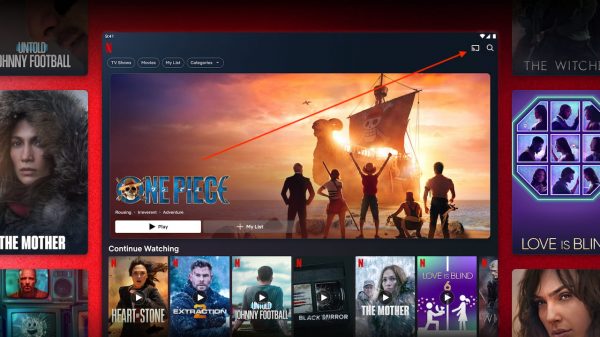





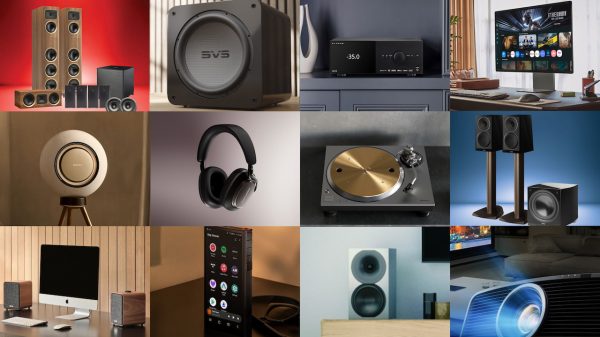
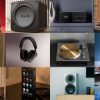
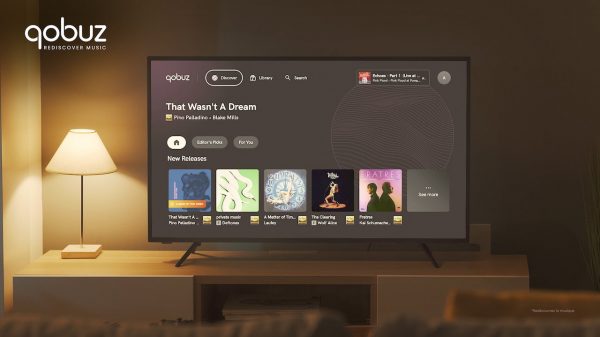

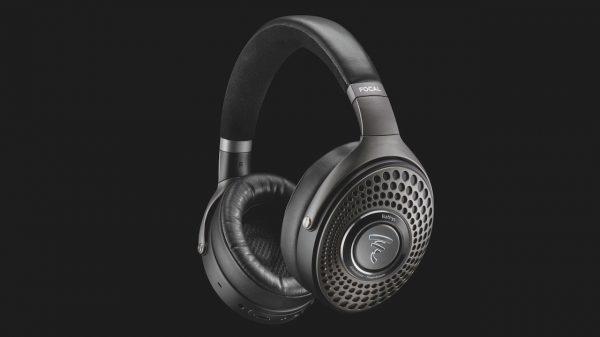












Anton
October 10, 2025 at 10:39 pm
Wishing you a Happy New Year. Your Hollywood commentary is dead on. Shitty movies made for $250M that are just copies of the films that came before them.
Spotify Lossless sounds better than the standard tier but I highly doubt that 95% of its users even care about better sound quality.
Asa
October 10, 2025 at 11:12 pm
Perfect post for this Friday, Ian!
You’re more brave than I for listening to Swift…through any device. I share Rick Beato’s, um, slight disdain for her. I mean, she’s following in the footsteps of many before her who have some talent to do the music thing, but I believe it’s her lyrics that bring on the “Swifties”. My better half may have a different view than I about her. Lol.
Good advice about ‘devices’ and enjoy the music. There’s always something better, something newer, something that’s more something than your current something.
Movie theaters are showing movies? Huh…who knew?🤷♂️
Ian White
October 10, 2025 at 11:19 pm
Asa,
It’s been quite the Friday. Something I’ll write up next week.
Movie theaters have no idea what to show anymore. I saw the original “Friday the 13th” last night at my local AMC and it wasn’t packed. Still enjoyed seeing it again and discovering that it was based here in New Jersey. I’ve seen every film in the series and never knew that.